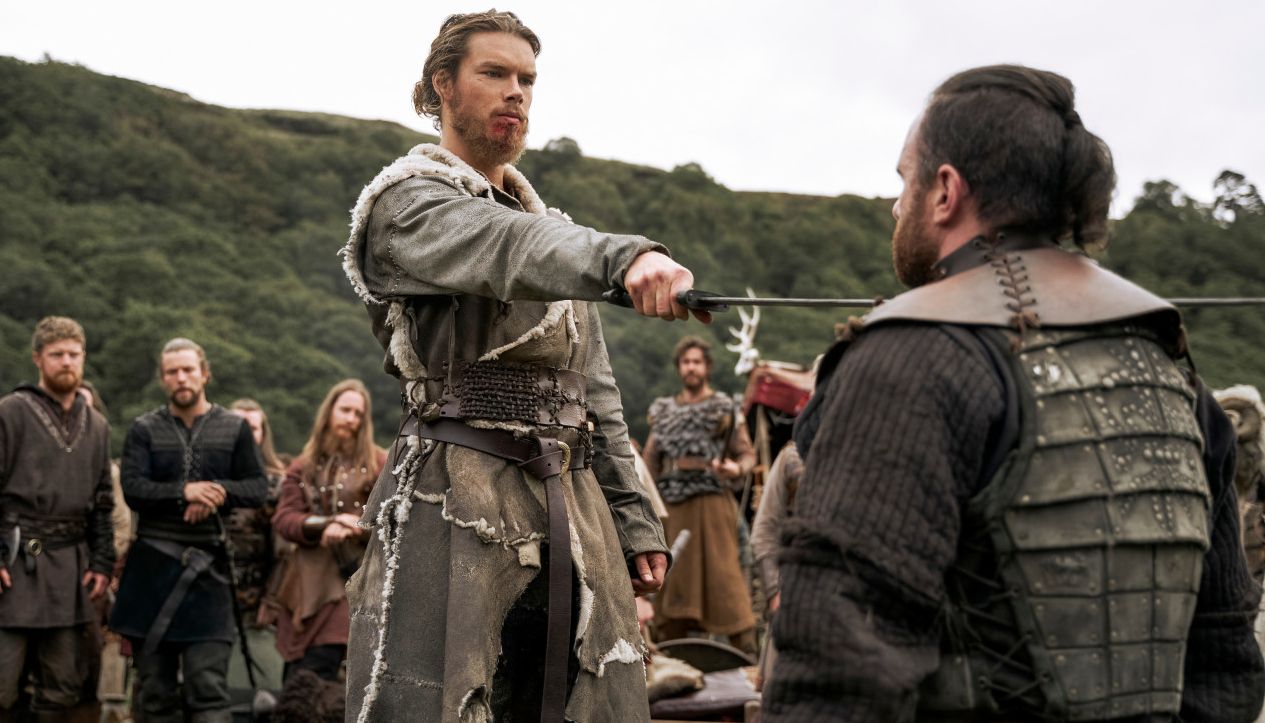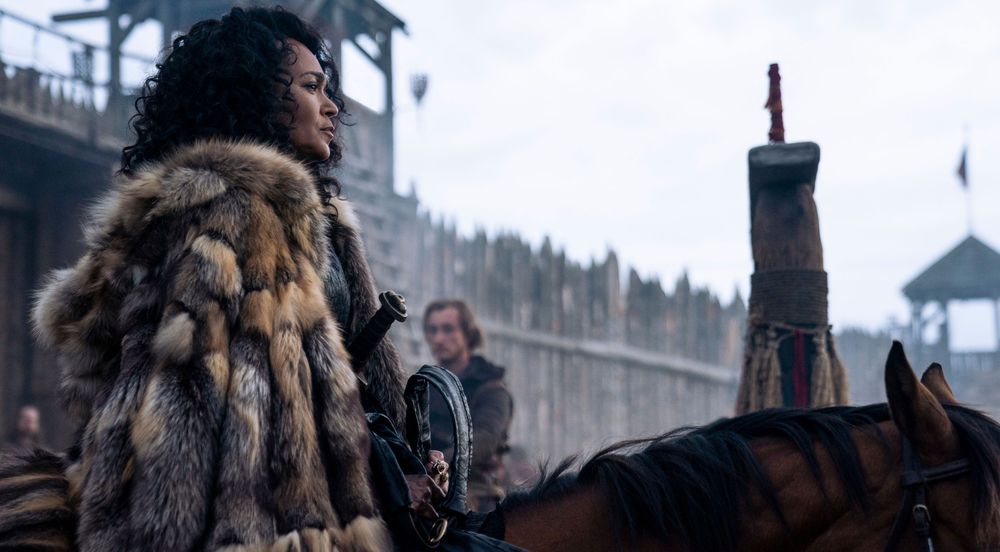Vikings: Valhalla, the highly anticipated sequel to History Channel’s Vikings, has premiered on Netflix. Vikings ended after six seasons of drama in 2020: it followed semi-mythical Norse figure Ragnar Lothbrok and, later in the series, his sons. The show was partially historically accurate, especially in depicting the Vikings’ invasion of England.
Despite serving as a sequel to Vikings, Vikings: Valhalla won’t feature characters from History Channel’s show. It’s set 100 years after the events in Vikings and, therefore, features new characters.
Vikings: Valhalla’s story can stand alone: you don’t have to watch Vikings to understand the events in Valhalla.
Vikings: Valhalla is partially based on the end of the Viking Age

Vikings: Valhalla will cover the end of the Viking Age. Historians believe that the Viking Age ended after King Harold Godwinson defeated Norwegian king Harald III in 1066.
The series begins with the aftermath of the St. Brice Day Massacre in 1002. Under King Athelred’s order, Saxon soldiers slaughtered Danes in retaliation to constant attacks on English villages.
Vikings: Valhalla takes real-life Vikings from different historical points and pits them together against England as they seek revenge. The Vikings face internal strife as Christian converts feud with traditional Pagans.
St. Brice Day Massacre happened, and the Vikings swore revenge on England. It’s also true that conversion to Christianity divided the Vikings as they planned their attack.
However, the convergence of famous Vikings into a singular force against the Saxons didn’t happen. There’s no evidence that Leif Erikson and Harald Hardara, two of the three main characters, met. In the series, they are friends, and Harald is the lover of Leif’s sister, Freydis, who is the third main character.
Showrunner Jeb Stuart told RadioTimes that though Leif and Harald never met, it’s plausible that they could have crossed paths. He said:
“If I can find characters that were tangential… let’s say there’s no historical knowledge that they both ran together, but it doesn’t mean that it couldn’t have happened. And I think that that the combination of those two creates a really interesting… what if they had known each other? How could that work?”
Per Jeb, his main aim was to create a show that wasn’t necessarily historically accurate but felt authentic. He said that discomfort from the researchers and historians he worked with inspired him to keep going.
“I love the grey area, and I think the grey area is a fun place to work when you’re doing historical drama,” he added.
It’s perhaps illogical to expect a completely accurate depiction of the Vikings era. Researchers don’t have enough to build a true picture of Viking lives. Therefore, Jeb feels that Vikings: Valhalla is as accurate a Vikings show as any other.
“We’re still discovering new things about Viking culture. Ultimately, we’ve made an authentic show. Sometimes we’ve moved dates or characters around a bit, but the historical pieces are all there.”
Most of the main characters are based on real people except for Jarl Haakon

Jarl Haakon was the ruler of Norway from around 975 to 995 but isn’t the Jarl Haakon present in Vikings: Valhalla.
In Vikings: Valhalla, Jarl is the Black-female ruler of Kattegat. She’s played by Swedish singer and actor Caroline Henderson. Caroline told Newsweek:
“Haakon is fictional, purely fictional. So it’s not like a male character, it’s a fictional character but of course, she’s inspired and based on both male and female characters, and I think the writers did a wonderful job of sort of putting something together that could have been a historical character.”
Caroline told RadioTimes that her mother introduced her to Viking history. “It’s been part of me all my life,” she said. Henderson said she felt connected to the Viking woman through her Scandinavian roots.
“I was so inspired by the stories that she told me of Viking women, that this is part of your DNA, as well, part of your legacy,” she added. Nevertheless, like most other characters, she had to do plenty of research to play her part accurately.
Frida Gustavsson, the Swedish actress playing Freydis, said she learned about Viking history in school. However, Viking history in school ignored women. While researching for the film, Frida learned that women played crucial roles in Viking success. She explained:
“I started reading the Poetic Edda, all the Sagas, the Greenlanders Saga, the Njáls Saga. And slowly popping up like mushrooms in the ground are these incredibly strong women who have incredible stories to tell. And I also discovered a wonderful book by an Icelandic scholar called Women of the Viking Age.”